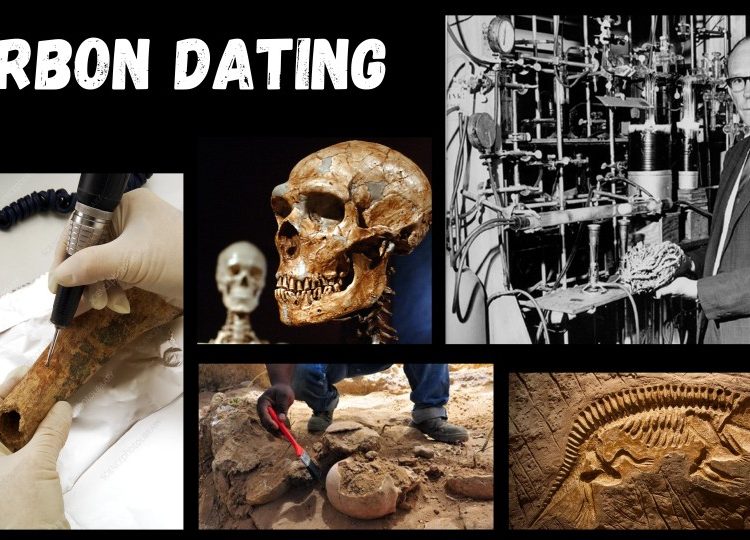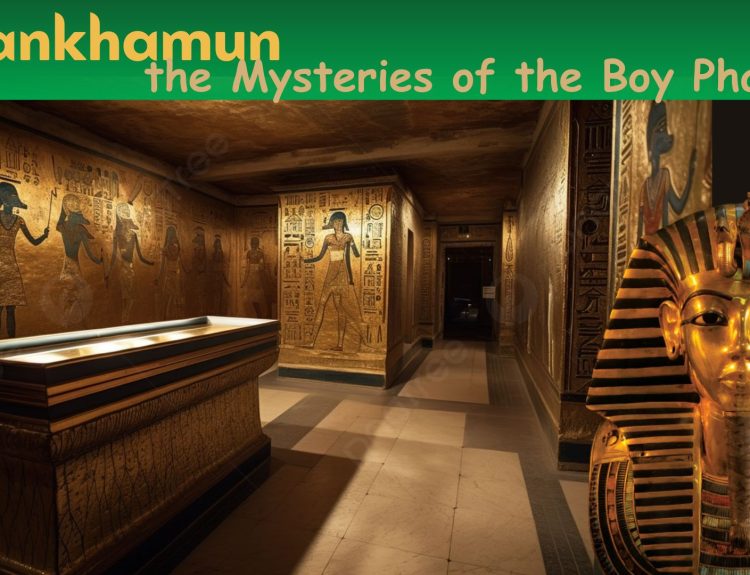The story of Kennewick man- The Ancient one is fascinating in US archaeology.
Discovery
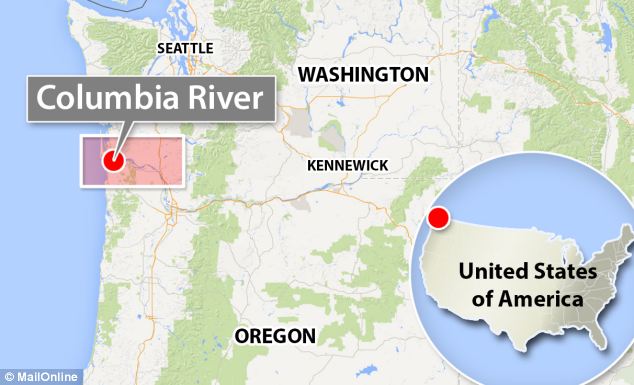
Two college students accidentally found old bones on the banks of the Columbia River in Kennewick, Washington on July 28, 1996. On the discovery site, hundreds of bone fragments were discovered. When they all are pieced together they formed a complete skeleton of a man.
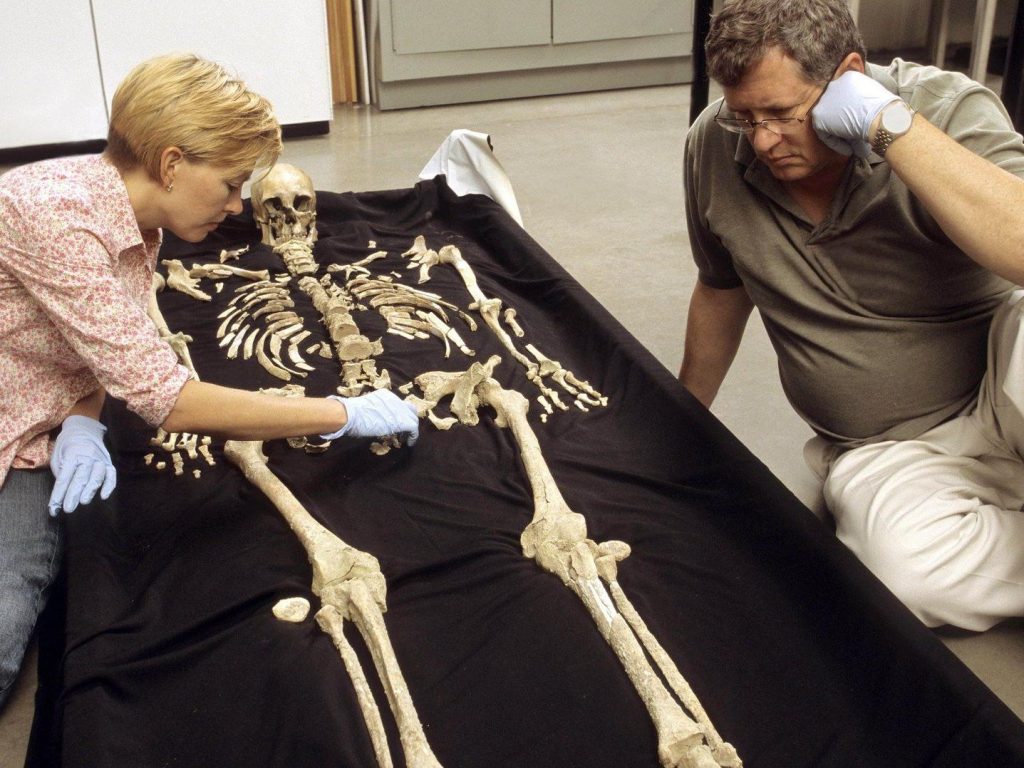
Earlier it was believed that it was a murder victim but later on a spear point stone was found in one of the pelvic bones. This confirms that it was of prehistoric times.
Features of skeleton
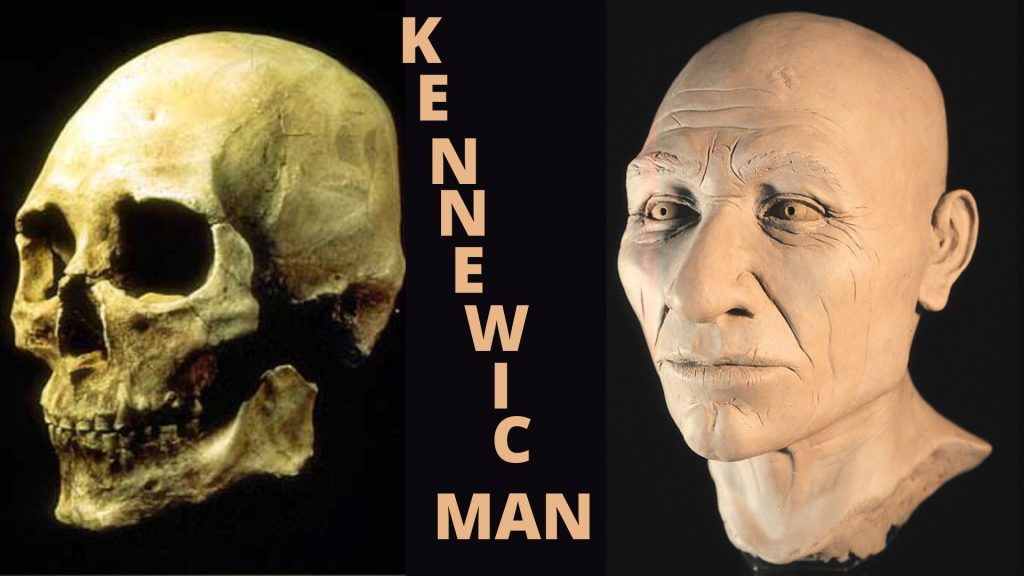
It looked so different from the native people
Man in his 50s measuring about 5 foot 9
Skull- very long narrow
Through examinations of bones, it was found that the man was healthy but he had been beaten up a bit.
The carbon dating method reveals that the skeleton is somewhat 9200 years old.
Legal battle
This discovery led to a prolonged controversy. It was assumed that these remains were from the Native Americas so local tribes sought the remains discovered under the Native American Graves Protection and Repatriation Act (NAGPRA) of 1990.
According to this act, human remains and cultural objects have to be returned to the native people to be reburied which are taken unlawfully. This act is a transitional event between museum archaeologists and indigenous communities.
After the bones were claimed by the indigenous communities, a couple of archaeologists went to the court and said that these remains do not fall under NAGPRA Act. This fight continues for 9 years.
The judge concluded at the end that the culture of Kennewick man is unknown and there it does not belong to the native tribal people. It went back to archaeologists for further study. The skeleton was kept at Burke Museum, the Washington State Museum of Natural History and Culture.
Conclusion
It had great scientific value for archaeologists. They want to study it more as it was so old.
DNA analysis of the June 2015 skeleton showed that the Kennewick man was more closely related to Native Americans than other living populations. After their discovery, the native tribe started the process of repatriation under the NAGPRA Act. It was never displayed in the museum.
In September 2017 it was returned to the native tribes who claim them as their ancestors. The remains were buried according to the traditions of the tribe.
Reference:
Wikipedia





